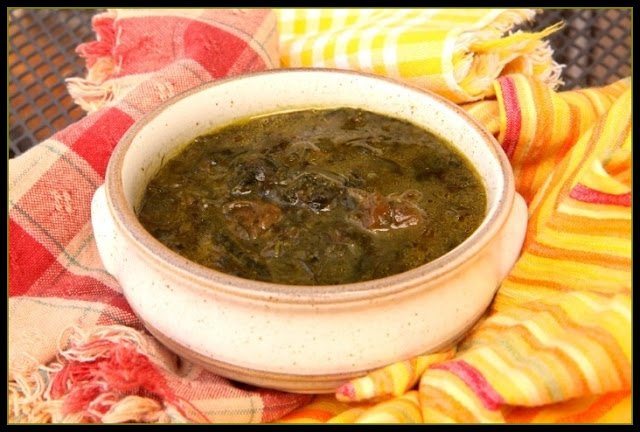Wild About - Red Currants
 Oh boy, currants! The wild weather this year has brought many disappointments when it comes to both gardening and foraging. However, in all things, there is balance, and I'm happy to be finding some plants which are thriving.
Oh boy, currants! The wild weather this year has brought many disappointments when it comes to both gardening and foraging. However, in all things, there is balance, and I'm happy to be finding some plants which are thriving.The wetter ground around ditches in steams on the plains can be found populated with golden currants (Ribes aureum), which are almost always purple and grow on spineless stems. Then, when you move up to the higher elevations in the mountains, you begin to see a different currant, one that is red as a jewel, and grow on spineless stems. I grew up calling them wax currants (Ribes cereum), but they also go by the common names, prickly currant and sticky currant. While golden currants always strike me as tasting strongly of citric acid, like vitamin pills, wax currants are sweeter and have a slightly resinous finish.
 Here, I wanted to prepare a dish in which they appeared raw. Since the wax currants have a slightly conifer-like aroma, I paired them with toasted pine nuts and lavender flowers, then tossed the mixture with olive oil, a few drops of white wine vinegar, and salt to create a chutney. I served it over a goat cheese log, but it would be excellent served over any meat, particularly game birds or squirrel.
Here, I wanted to prepare a dish in which they appeared raw. Since the wax currants have a slightly conifer-like aroma, I paired them with toasted pine nuts and lavender flowers, then tossed the mixture with olive oil, a few drops of white wine vinegar, and salt to create a chutney. I served it over a goat cheese log, but it would be excellent served over any meat, particularly game birds or squirrel.After making the chutney, I had enough red currants left over to preserve. Darn it, I swore I wasn't going to make any more jams and jellies this year. But when I have such beautiful fruit sitting before me, what choice do I have? The reason I don't want to make any more jelly is that it just sits on the shelf; I don't have much of a sweet tooth. But I do enjoy fruit in sauces that pair with meat, so I decided to gear this jelly to be served with meat. After looking around my herb garden, lemon thyme seemed like the best match for the deep fruitiness of the currants.
 To make red currant lemon thyme jelly, start by washing the fruit. You can pluck the spent flowers off if you please, but that seems like entirely too much work for me. Put the fruit into a heavy -bottomed pan, and add enough water to reach half the level of the fruit. Since my red currants were extra ripe, I threw in a handful of crab apples to make sure there was enough pectin to set. Boil the fruit over medium-high heat until quite tender, so that it will easily mush with a spoon.
To make red currant lemon thyme jelly, start by washing the fruit. You can pluck the spent flowers off if you please, but that seems like entirely too much work for me. Put the fruit into a heavy -bottomed pan, and add enough water to reach half the level of the fruit. Since my red currants were extra ripe, I threw in a handful of crab apples to make sure there was enough pectin to set. Boil the fruit over medium-high heat until quite tender, so that it will easily mush with a spoon.Run the fruit through a food mill. If you'd like a more refined jelly, strain the resulting mixture through cheesecloth. I'm not so refined, so I put the resulting fruit mixture into a pan with a bundle of lemon thyme, the peel of a beet (to enhance the color which is lost when currants are cooked) and 3/4 c. sugar for every cup of juice.
Let the jelly simmer over a low temperature for a few minutes to infuse it with the lemon-thyme flavor, then remove the thyme and beet skin. Turn to heat to medium-high and boil the mixture until it "sheets." You can use a thermometer if you please, but I find the sheeting method works just fine. When you begin boiling the jelly, when you dip a spoon into it, the jelly will fall from the spoon in a stream of drips. As it cooks and thickens, it will reach a point where it falls from the spoon in a sheet. That's when you know it's reached the perfect temperature to set as jelly.
Don't waste any time in pouring it into sterilized jars and water processing for an amount of time appropriate for your altitude. As much as I like to monkey around and break rules in the kitchen, I do think it's very important to follow safety guidelines. Use sterilized equipment, properly process, and always keep wee ones out of the kitchen when canning.
This is one of my entries for Two for Tuesday this week, and well as Foodie Friday, please feel free to click the links and explore.

